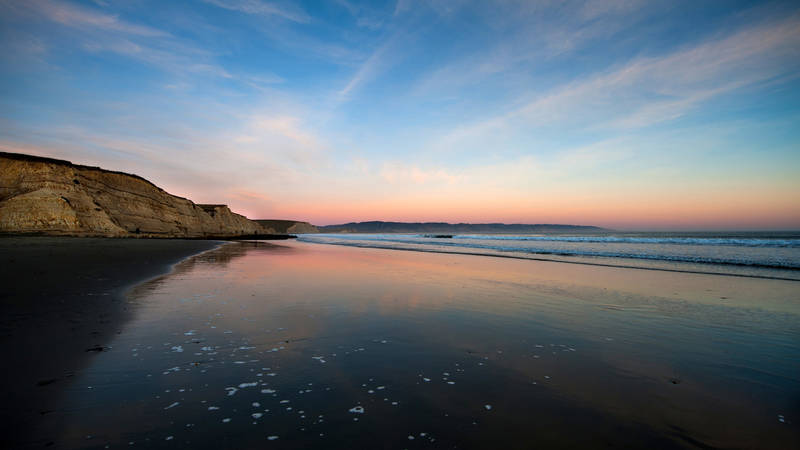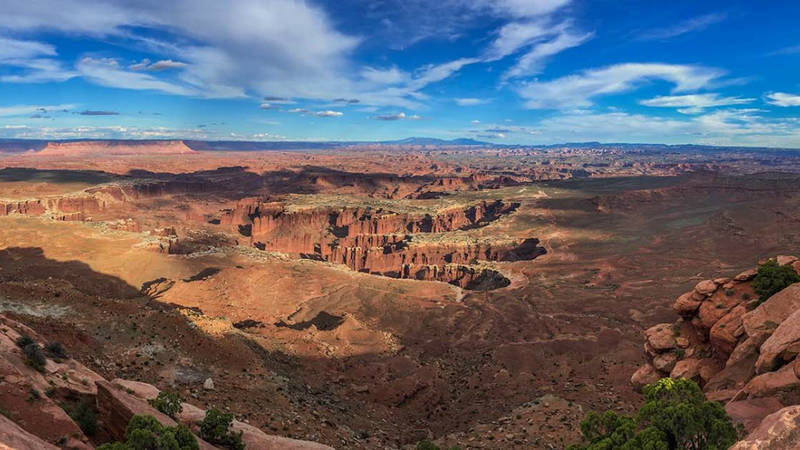Thanks to persistent support from thousands of advocates, the National Park Service will honor its promise to Americans to preserve Drakes Estero.
On October 6, just weeks after the 50th anniversary of the Wilderness Act, park lovers got a new reason to celebrate. After more than 40 years of waiting, the National Park Service can now rid Drakes Estero, a picturesque inlet within Point Reyes National Seashore in California, of an industrial oyster company that has been damaging the seashore’s natural resources for years. Yesterday’s settlement agreement between the Department of the Interior and the Drakes Bay Oyster Company, following the recent Supreme Court decision in support of the seashore, will allow the Park Service to restore the ecological heart of the seashore to its natural splendor and preserve the waters that Americans planned years ago to become the West Coast’s first marine wilderness area.
Thanks to persistent support from thousands of advocates like you, as well as prominent scientists such as Sylvia Earle and E.O. Wilson, the National Park Service was able to withstand significant pressures to roll back wilderness protections and will instead honor its promise to Americans to preserve the estero. After all, the original oyster company sold its land to the Park Service decades ago with an agreement to end its commercial operations after 40 years. Gone will be the millions of non-native oysters and invasive clams that are planted, the thousands of yearly noisy motorboat trips, and the significant plastics pollution that trashes the seashore’s beaches.
Above: A three-minute video by local resident and park volunteer Richard James shows some of the underwater impacts the industrial oyster operation has had on the sensitive marine environment at Drakes Estero.
The decision to uphold Drakes Estero’s wilderness protection has gained significant media attention over the past several years, and, at times, opponents of the Park Service have misrepresented the situation. Let’s take a trip down memory lane with a brief timeline of how this manufactured controversy evolved.
- 1972: Taxpayers purchase property at Drakes Estero from the Johnsons Oyster Company to include in the seashore, and the company agrees to a contract that allows it to continue operating for 40 years, until 2012.
- 1976: Congress passes the Point Reyes Wilderness Act, which includes designating Drakes Estero as the first marine wilderness area on the West Coast. This ruling honors the 1972 agreement, delaying full protection of Drakes Estero as a wilderness area until 2012.
- 2005: The Johnsons Oyster Company sells the remaining seven years of its leasing contract to new investors, who form the Drakes Bay Oyster Company (DBOC) and immediately start ramping up the planting of non-native Japanese oysters and invasive Manila clams. DBOC announces plans to continue operating beyond its 2012 deadline.
- 2007: The California Coastal Commission issues a cease and desist order against DBOC for unpermitted oyster operation activities.
- 2009: The California Coastal Commission fines DBOC $61,250 for numerous resource protection violations, including conducting operations in harbor seal pupping areas. DBOC seeks a special exemption from Congress to block wilderness protection, and Congress passes legislation attached to a must-pass spending bill giving the Secretary of the Interior discretion to give DBOC a new lease.
- 2012: Then-Secretary of the Interior Ken Salazar issues a multi-part decision to let DBOC’s lease expire on schedule and designate marine wilderness protections for Drakes Estero. At the same time, and consistent with the National Park Service’s goal to protect the seashore’s pastoral zone, Secretary Salazar directs the Park Service to extend the leases for the seashore’s dairy ranches (located outside of the wilderness areas and within the pastoral zone). DBOC sues the Interior Department.
- 2013: Three federal courts (District Court, 9th Circuit Court of Appeals, and En Banc Panel of the Appeals Court) rule against DBOC, yet DBOC continues to plant more non-native oysters in the estuary. The California Coastal Commission unanimously issues another cease and desist order against DBOC for repeated Coastal Act violations, including ongoing unpermitted development, violations of harbor seal protection requirements, failure to control significant amounts of its plastics pollution, failure to pay fines imposed in 2009 for its illegal activities, and failure to correct ongoing violations of the California Coastal Act despite repeated notices from the commission.
- 2014: The U.S. Supreme Court rules against DBOC, removing the temporary emergency injunction that allowed DBOC to continue operating while its legal case continued. To date, DBOC has had an extra 22 months to continue its business beyond its now-expired lease, at the expense of this sensitive wildlife sanctuary.

Point Reyes National Seashore
This seashore, established in 1962, is the only national seashore on the West Coast. It features windswept beaches, coastal cliffs and headlands, marine terraces, coastal uplands, salt marshes, estuaries, and…
See more ›Yesterday’s settlement agreement provides a clear timetable for DBOC to vacate the publicly owned Drakes Estero and end its environmentally damaging activities.
About the author
-
 Neal Desai Senior Program Director, Pacific
Neal Desai Senior Program Director, PacificNeal joined NPCA's Pacific office in 2004, and is now the Senior Program Director for this region.
-
General
-
- NPCA Region:
- Pacific
-
Issues


